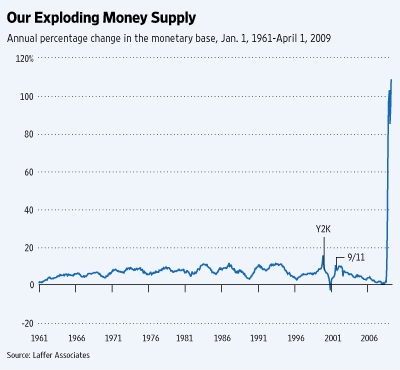(p. A11) Native Americans have received federally funded health care for decades. A series of treaties, court cases and acts passed by Congress requires that the government provide low-cost and, in many cases, free care to American Indians. The Indian Health Service (IHS) is charged with delivering that care.
The IHS attempts to provide health care to American Indians and Alaska Natives in one of two ways. It runs 48 hospitals and 230 clinics for which it hires doctors, nurses, and staff and decides what services will be provided. Or it contracts with tribes under the Indian Self-Determination and Education Assistance Act passed in 1975. In this case, the IHS provides funding for the tribe, which delivers health care to tribal members and makes its own decisions about what services to provide.
. . .
Unfortunately, Indians are not getting healthier under the federal system. In 2007, rates of infant mortality among Native Americans across the country were 1.4 times higher than non-Hispanic whites and rates of heart disease were 1.2 times higher. HIV/AIDS rates were 30% higher, and rates of liver cancer and inflammatory bowel disease were two times higher. Diabetes-related death rates were four times higher. On average, life expectancy is four years shorter for Native Americans than the population as a whole.
. . .
Personal stories from people within the system reveal the human side of these statistics. In 2005, Ta’Shon Rain Little Light, a 5-year-old member of the Crow tribe who loved to dress in traditional clothes, stopped eating and complained that her stomach hurt. When her mother took her to the IHS clinic in south central Montana, doctors dismissed her pain as depression. They didn’t perform the tests that might have revealed the terminal cancer that was discovered several months later when Ta’Shon was flown to a children’s hospital in Denver. “Maybe it would have been treatable” had the cancer been discovered sooner, her great-aunt Ada White told the Associated Press.
. . .
The Chippewa Cree Band runs its own hospital and has hired a registered dietician who has gotten the local grocery store to implement a shelf-labeling system to improve consumer nutritional information. They’ve also built a Wellness Center with a gym, track, basketball court, and pool. These are small steps that won’t immediately eliminate heart disease or diabetes. But they move in the direction of local control and better health.
At a time when Americans are debating whether to give the government in Washington more control over their health care, some of the nation’s first inhabitants are moving in the opposite direction.
For the full commentary, see:
TERRY ANDERSON. “OPINION: CROSS COUNTRY; Native Americans and the Public Option; After decades of government-run care, some Indians are finally saying enough.” Wall Street Journal (Sat., August 29, 2009): A11.
(Note: ellipses added.)
(Note: the online version is dated Fri., Aug.28, 2009)





